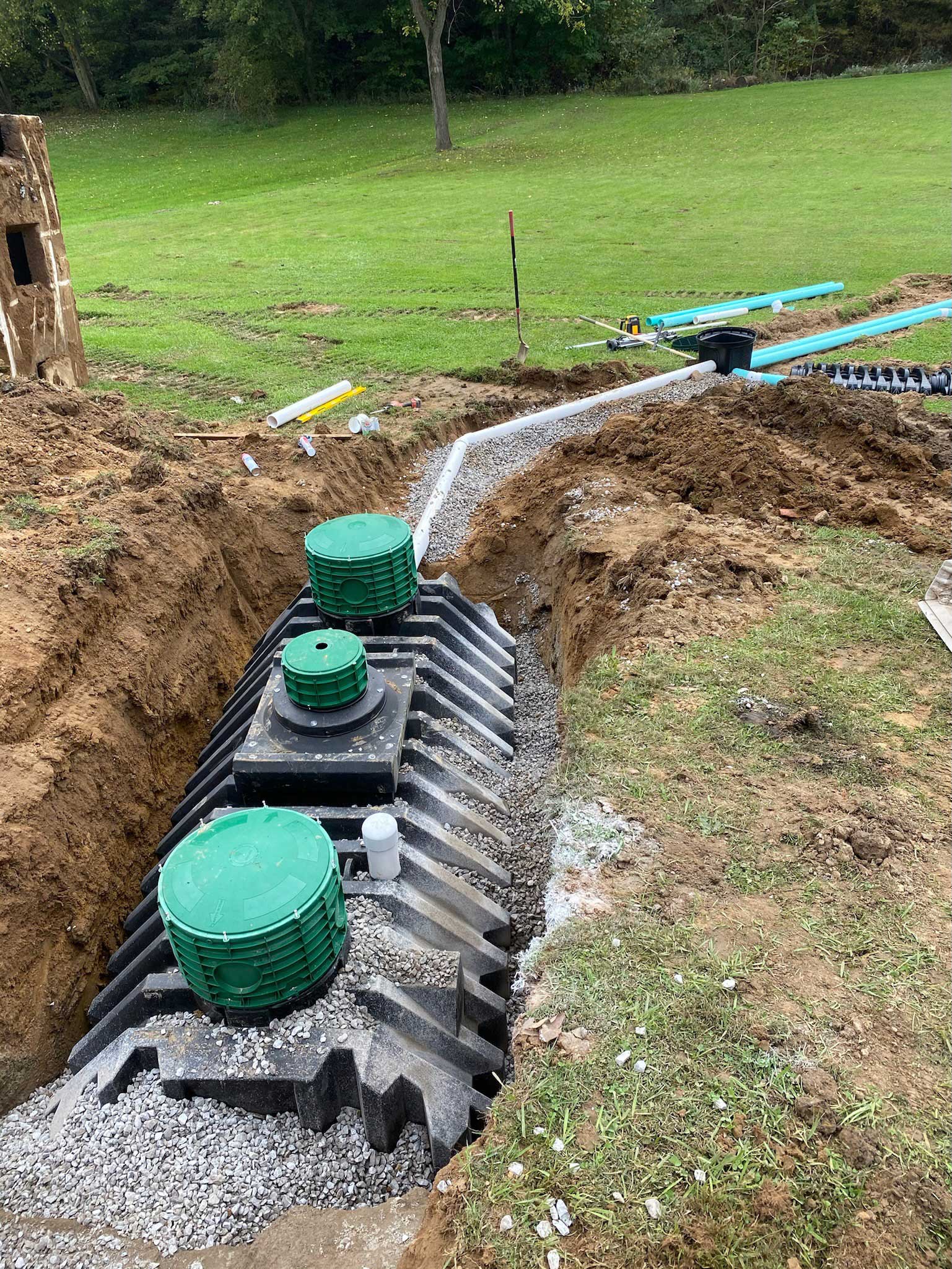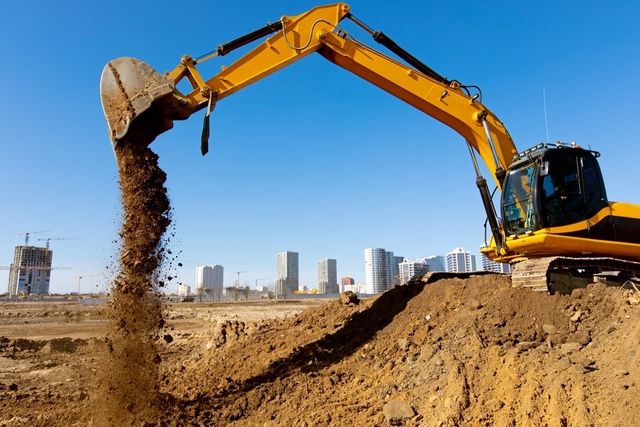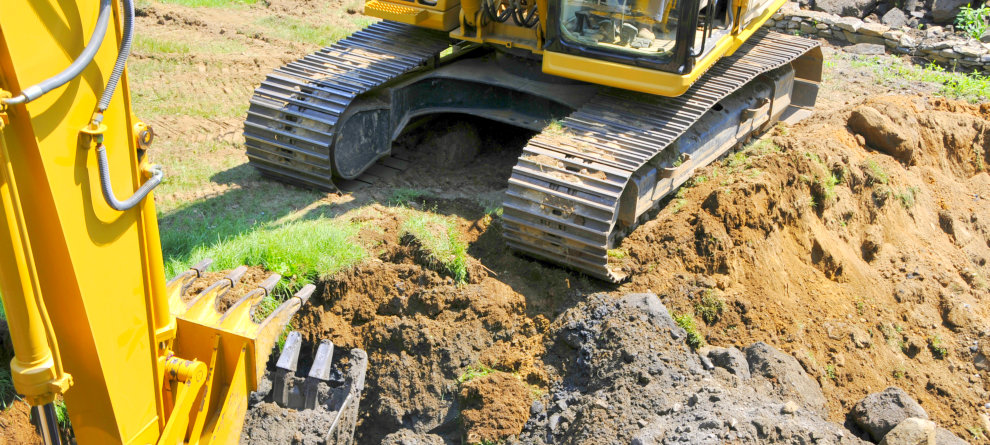Ideal Dump Truck Companies in Ohio - Top-Rated Dump Truck Providers
Ideal Dump Truck Companies in Ohio - Top-Rated Dump Truck Providers
Blog Article
Introducing the Art of Excavation: Pro Tips for Safe and Effective Excavating
As dirt is turned and planet is moved, the details of excavation expose themselves, demanding an eager understanding of devices, soil make-up, security procedures, and environmental factors to consider. The expertise required to navigate these aspects efficiently can suggest the difference in between an effective excavation task and a potential calamity.
Importance of Proper Devices
To ensure the security and effectiveness of any excavation job, using the ideal equipment is critical. The right devices not just boost productivity however likewise minimize dangers related to excavating. Excavation projects vary in range and complexity, varying from small residential landscaping tasks to large-scale building endeavors. No matter the job dimension, having the correct equipment can make a considerable difference in the result.
These versatile machines come in different sizes to suit various job demands. Miniature excavators are ideal for smaller sized jobs, while larger excavators take on a lot more substantial jobs efficiently.
Excavators excel in jobs that need pushing huge amounts of soil or debris. By spending in the appropriate equipment, excavation jobs can be finished securely, on time, and with accuracy.
Comprehending Dirt Composition
A detailed understanding of dirt composition is essential for executing excavation projects with precision and security. Recognizing the different sorts of soil is crucial as it directly affects excavation approaches, equipment selection, and overall job effectiveness. Dirt make-up usually contains four main components: sand, silt, clay, and natural issue. Each part has unique properties that influence how soil responds to excavation procedures.
Sand particles are the largest and provide excellent drain but provide little cohesion. Silt bits are smaller than sand but bigger than clay, using moderate drainage and communication. Clay fragments are the tiniest and offer high cohesion yet bad drain. Raw material, such as decaying plant material, affects dirt fertility and security.
Prior to beginning excavation, conducting dirt tests to identify its make-up and qualities is essential. This information assists in picking the ideal equipment, applying safety measures, and developing excavation approaches customized to the certain soil conditions - lancaster excavation. By recognizing soil composition, excavation specialists can improve task results while making sure safety and security and adherence to finest practices
Precaution and Protocols
Comprehending soil make-up is the cornerstone whereupon safety actions and protocols for excavation jobs are constructed, ensuring the wellness of employees and the success of the endeavor. When it pertains to safety during excavation, there are numerous key actions that need to be executed to minimize risks and prevent accidents.
First and leading, prior to any kind of digging commences, a thorough assessment of the site must be conducted to identify any possible hazards such as underground energies, unstable soil conditions, or close-by frameworks that might present a threat. It is essential to have a proficient individual manage the excavation procedure to guarantee that all security procedures are adhered to purely.
Additionally, all workers involved in the excavation has to be effectively educated in safe digging practices and the proper procedure of devices. By adhering to these security measures and protocols, excavation tasks can be completed successfully and without case.
Reliable Excavation Preparation
When starting an excavation task, thorough planning is essential to guarantee effectiveness, safety, and effective outcomes. Reliable excavation preparation involves numerous essential actions that are vital for the smooth execution of the task. The primary step is to perform a comprehensive site analysis to recognize any type of potential hazards, such as below ground energies or unpredictable dirt conditions. This info is crucial for developing an in-depth excavation plan that includes precaution and risk mitigation strategies.
When the site assessment is complete, the following step is to develop a clear timeline and schedule for the excavation tasks. This consists of figuring out the sequence of tasks, tools demands, and manpower allocation. Proper scheduling aids stay clear of delays and makes certain that the job stays on track.

Furthermore, interaction among all staff member is extremely important during the preparation phase. Clear regulations, regular updates, and effective sychronisation are necessary for an effective excavation project. By spending effort and time in precise preparation, excavation groups can dramatically boost productivity, minimize risks, and achieve successful end results.

Managing Ecological Considerations
With boosting emphasis on ecological sustainability in construction techniques, handling ecological considerations has come to be an important facet of excavation jobs. Excavation activities have the potential to influence the surrounding environment through soil erosion, debris drainage, environment interruption, and contamination of water read resources. To alleviate these risks, it is vital to implement ideal methods that prioritize environmental management.

Additionally, correct waste management is vital to prevent dirt and water contamination. Applying procedures for the disposal of harmful materials, recycling of waste products, and minimizing the usage of harmful chemicals can dramatically lower the ecological effect of excavation tasks. By incorporating these techniques into excavation planning and implementation, building and construction companies can guarantee that their jobs are not only safe and efficient yet also eco accountable.
Verdict
In conclusion, mastering the art of excavation requires an extensive understanding of proper devices, dirt composition, you can try this out safety actions, and efficient planning. By adhering to these guidelines and thinking about environmental variables, excavations can be carried out safely and successfully. It is crucial to prioritize safety and security and performance in every excavating project to make sure anchor effective outcomes.
As dirt is turned and planet is relocated, the ins and outs of excavation reveal themselves, demanding a keen understanding of tools, soil make-up, safety procedures, and ecological factors to consider.To make certain the safety and effectiveness of any kind of excavation project, making use of the appropriate devices is paramount.A detailed grasp of soil structure is fundamental for implementing excavation jobs with accuracy and security. Comprehending the various kinds of dirt is essential as it straight influences excavation methods, equipment choice, and total task efficiency. By comprehending dirt make-up, excavation professionals can improve task outcomes while guaranteeing security and adherence to ideal practices.
Report this page